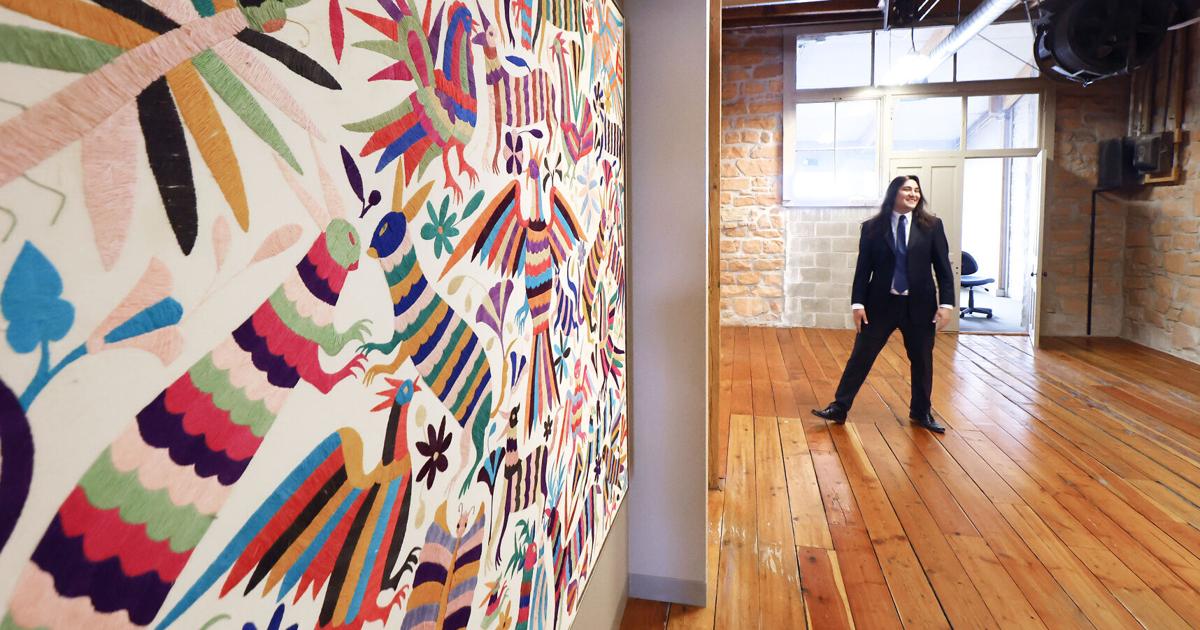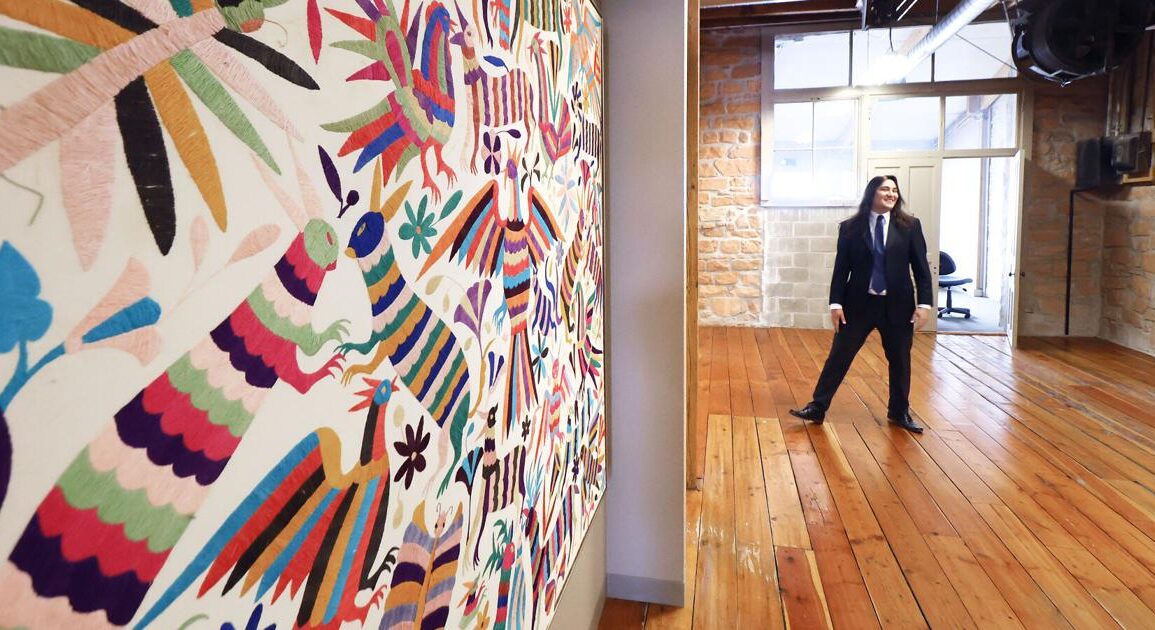
Serial entrepreneur Toni Sikes is, by her own definition, a data geek. Her father was a certified public accountant, she holds one college degree in mathematics and a second in market research. Combined with years of launching and investing in businesses, she’s no stranger to numbers.
What makes Sikes and her Madison-based company, CODAworx, different is the powerful blend of business-driven data and public art.
Short for Collaboration of Design + Art, CODAworx has operated under that name for more than 10 years in a space not filled by many others: It serves as a tech-based platform for introducing artists from scores of primarily visual disciplines to entities that might want to commission their art … all while trying to find a match that works for all.
Those entities can be cities, airports, public and private plazas, hospitality settings, sports centers, churches and corporate workplaces, all in search of either permanent displays or temporary attractions such as light art. Reasons for commissioning public art can vary, but statistics support the fact such agreements added up to a $4.4 billion global business in 2023 alone.
People are also reading…
“We have watched as communities discover public art as a force to revitalize urban areas and attract tourists, as developers realize that amazing artworks increase the property values of entire neighborhoods, and as hotels and organizations utilize major installation of artworks to tempt the high-end traveler,” Sikes said.
How big is the CODAworx reach into the art world? This year’s “CODAawards” process attracted 379 entries from 21 countries and represented $62 million in commission fees for artists. Entries came in 10 categories and people around the world cast 25,000 votes, resulting in two “People’s Choice” winners. One entry, the “Anti-Soviet Partisans’ Memorial” in Wroclaw, Poland, won both the Public Spaces category and a People’s Choice award.
Up next: A mid-October CODASummit celebration in Cincinnati, in collaboration with BLINK, the largest light art festival in North America. That festival has drawn 2.2 million people in the past and generated $126 million in economic impact.
Sikes and CODAworx have partnered with others to build their database and produce summaries such as “The Economic Power of Public Art,” a 200-page, well-illustrated book that breaks down public art categories, the types of places where such works might appear, average artwork budgets by type and setting, typical production timelines and where the money goes. Artists are not the only source of the cash, mainly because a growing infrastructure around them allows artists to be more productive.
For example, artists earned $1.7 billion in public art commission fees in 2023, but fabricators, suppliers and service providers earned another $1.8 billion. Shipping, installers, engineers, insurance and travel accounted for much of the rest. It’s a supply chain not unlike those seen in other businesses.
“We’ve created an ecosystem,” Sikes said. “Many artists tell us it has changed the way they do business. By introducing people to one another in that way, it has expanded what artists can do.”
There was one Wisconsin winner in this year’s CODAawards: Laurie Borggreve, of Madison, in the health-care category. While there are many communities and organizations in Wisconsin with commitments to the arts, there are no Wisconsin cities that show up on the CODAworx index of top 50 U.S. cities for public art expenditures.
Sikes believes that will change as more communities and organizations discover the appeal of public art in promoting “placemaking.” There’s even some evidence that public art can help ease crime rates in some neighborhoods.
“Cities and communities are recognizing that public art is a vital element of placemaking, which aims to encourage individual and community interaction with a place,” Sikes said.
For Sikes, it all comes back to her fondness for crunching numbers. In fact, she partnered with another Madison firm, Datachat, to build the CODAworx database and to help make the case that public art has a financial role.
“This industry is just exploding,” Sikes said.
If so, it’s good to know the epicenter for that creative blast is an art-and-tech hub such as Madison.
Tom Still is the president of the Wisconsin Technology Council. Email: tstill@wisconsintechnologycouncil.com.
This post was originally published on this site be sure to check out more of their content








